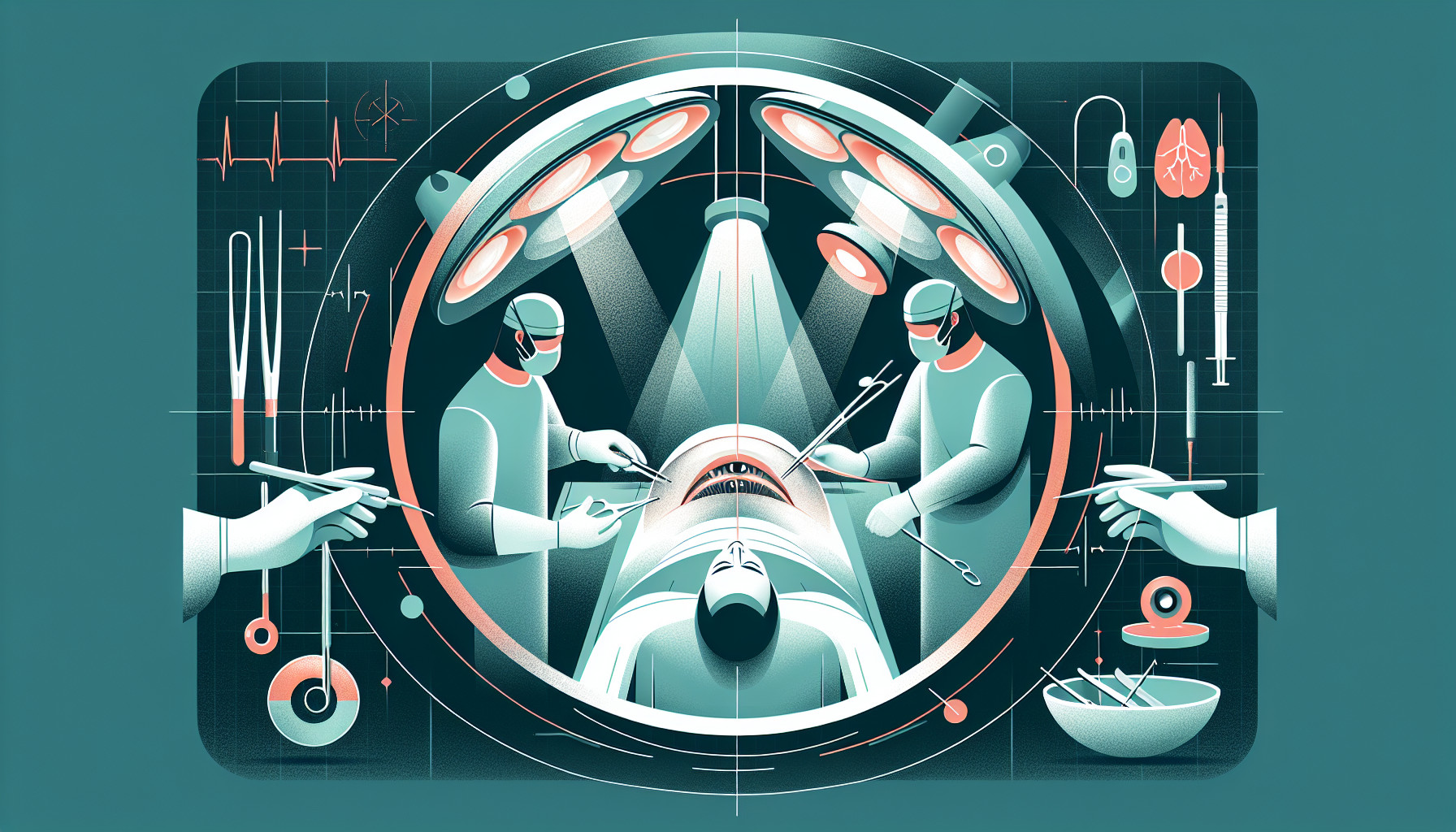Our Summary
This research paper revolves around the topic of cataracts, a common eye condition that causes blurred vision. It particularly focuses on a method of cataract removal known as phacoemulsification. This is a modern surgical technique for cataract treatment, where the doctor uses an instrument that emits ultrasound waves to break down the cloudy lens into tiny pieces, which are then gently removed. The paper offers a review of this process, its effectiveness and its use in ophthalmology, which is the branch of medicine dealing with eye disorders. Since there’s no abstract available, further specifics about the paper’s content are not provided.
FAQs
- What is cataract extraction and how is it performed?
- What is phacoemulsification in relation to cataract surgery?
- What are some key points to review in ophthalmology when preparing for cataract surgery?
Doctor’s Tip
One helpful tip a doctor might tell a patient about cataract surgery is to follow all pre-operative instructions carefully, such as fasting before the surgery and stopping certain medications. This can help reduce the risk of complications during the procedure and ensure the best possible outcome.
Suitable For
Cataract surgery is typically recommended for patients who are experiencing significant vision impairment due to cataracts. Common symptoms that may indicate the need for cataract surgery include:
- Blurred or cloudy vision
- Difficulty seeing at night
- Sensitivity to light and glare
- Double vision in one eye
- Difficulty reading or performing daily activities
Additionally, patients who have cataracts that are impacting their quality of life, such as difficulty driving or participating in hobbies, may also be good candidates for cataract surgery. Ultimately, the decision to undergo cataract surgery should be made in consultation with an ophthalmologist who can assess the individual’s specific situation and recommend the most appropriate treatment.
Timeline
Before cataract surgery:
- Patient notices symptoms of cataracts such as blurry vision, glare, difficulty seeing at night, or colors appearing faded.
- Patient visits an ophthalmologist for an eye exam and diagnosis of cataracts.
- Ophthalmologist discusses treatment options with the patient, including cataract surgery.
- Patient undergoes preoperative testing to assess the health of the eye and determine the appropriate intraocular lens (IOL) for implantation.
- Patient receives instructions on how to prepare for the surgery, including fasting before the procedure and arranging for transportation to and from the surgical center.
After cataract surgery:
- Patient arrives at the surgical center and is prepped for the procedure, which typically takes less than 30 minutes.
- Ophthalmologist performs the surgery, which involves removing the cloudy lens and replacing it with a clear IOL.
- Patient is monitored in the recovery area for a short period of time before being discharged home.
- Patient may experience mild discomfort, itching, or sensitivity to light in the days following the surgery.
- Patient is prescribed eye drops to prevent infection and promote healing, and is instructed on how to use them.
- Patient follows up with the ophthalmologist for postoperative visits to monitor healing and visual acuity.
- Patient’s vision gradually improves over the following weeks as the eye heals and adjusts to the new IOL.
What to Ask Your Doctor
- What is the success rate of cataract surgery?
- What are the potential risks and complications associated with cataract surgery?
- What type of anesthesia will be used during the procedure?
- How long is the recovery period after cataract surgery?
- Will I need to wear glasses or contact lenses after the surgery?
- How soon after surgery will I notice an improvement in my vision?
- Are there any restrictions on activities or medications before or after surgery?
- How many cataract surgeries have you performed, and what is your experience with this procedure?
- Are there any alternative treatments to cataract surgery that I should consider?
- What can I expect in terms of follow-up appointments and ongoing care after the surgery?
Reference
Authors: Au SCL. Journal: Photodiagnosis Photodyn Ther. 2024 Jun;47:104195. doi: 10.1016/j.pdpdt.2024.104195. Epub 2024 May 3. PMID: 38705550
